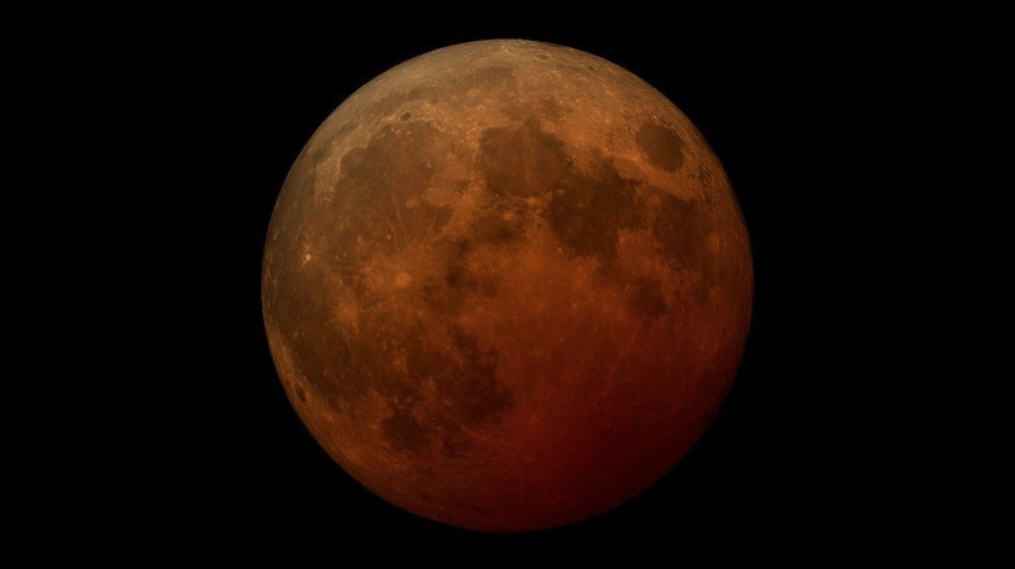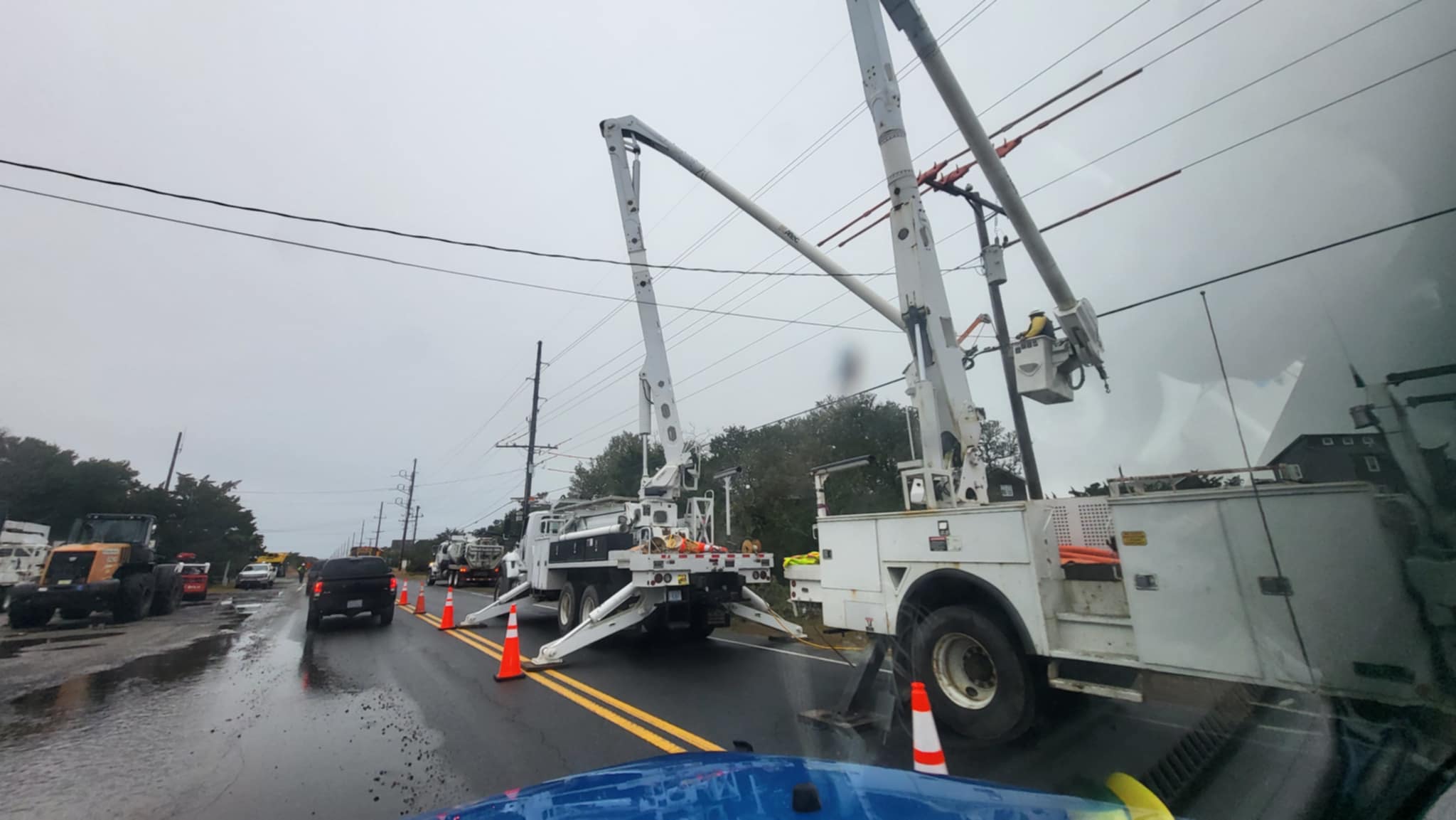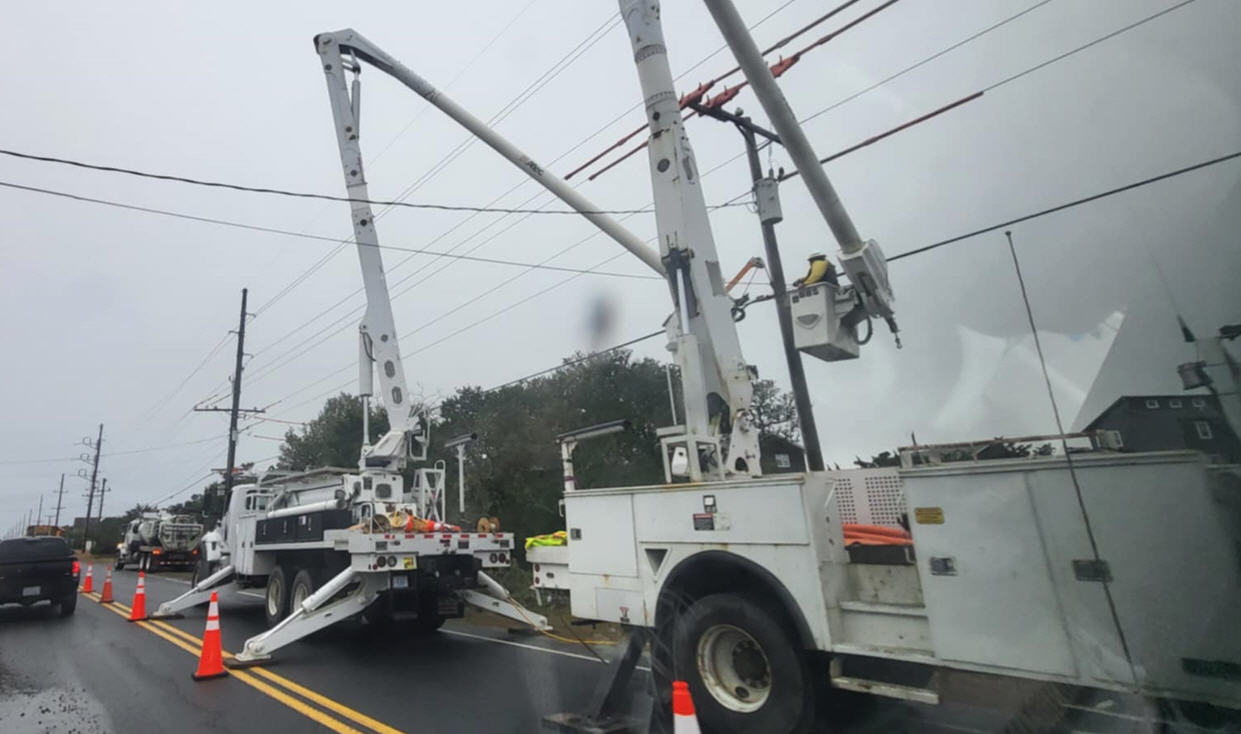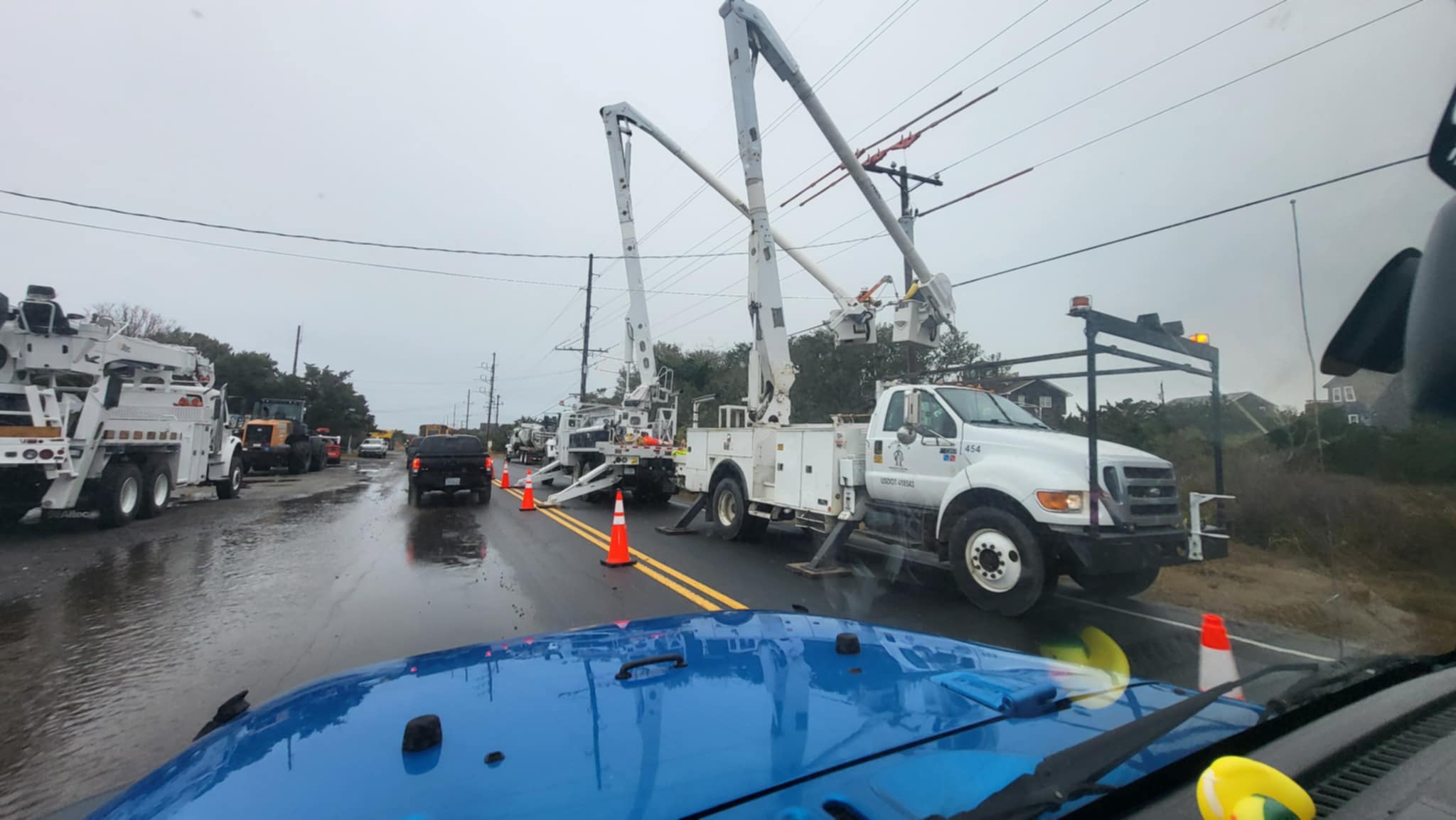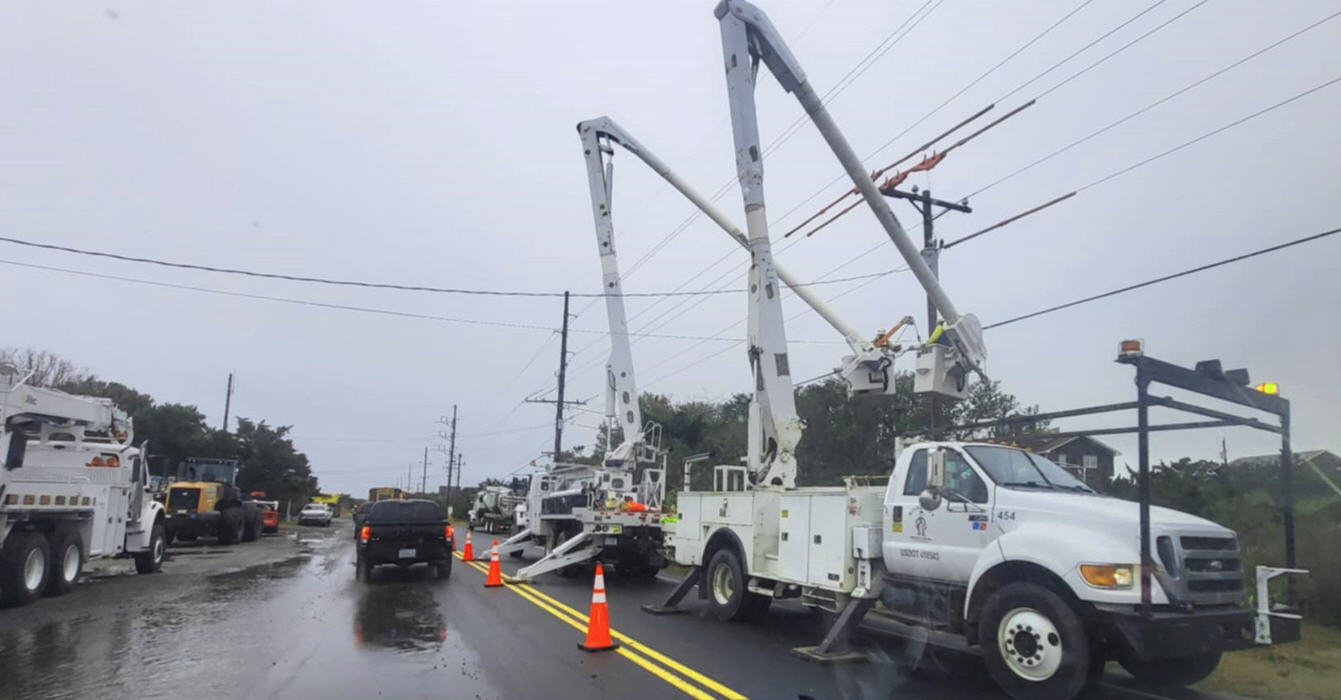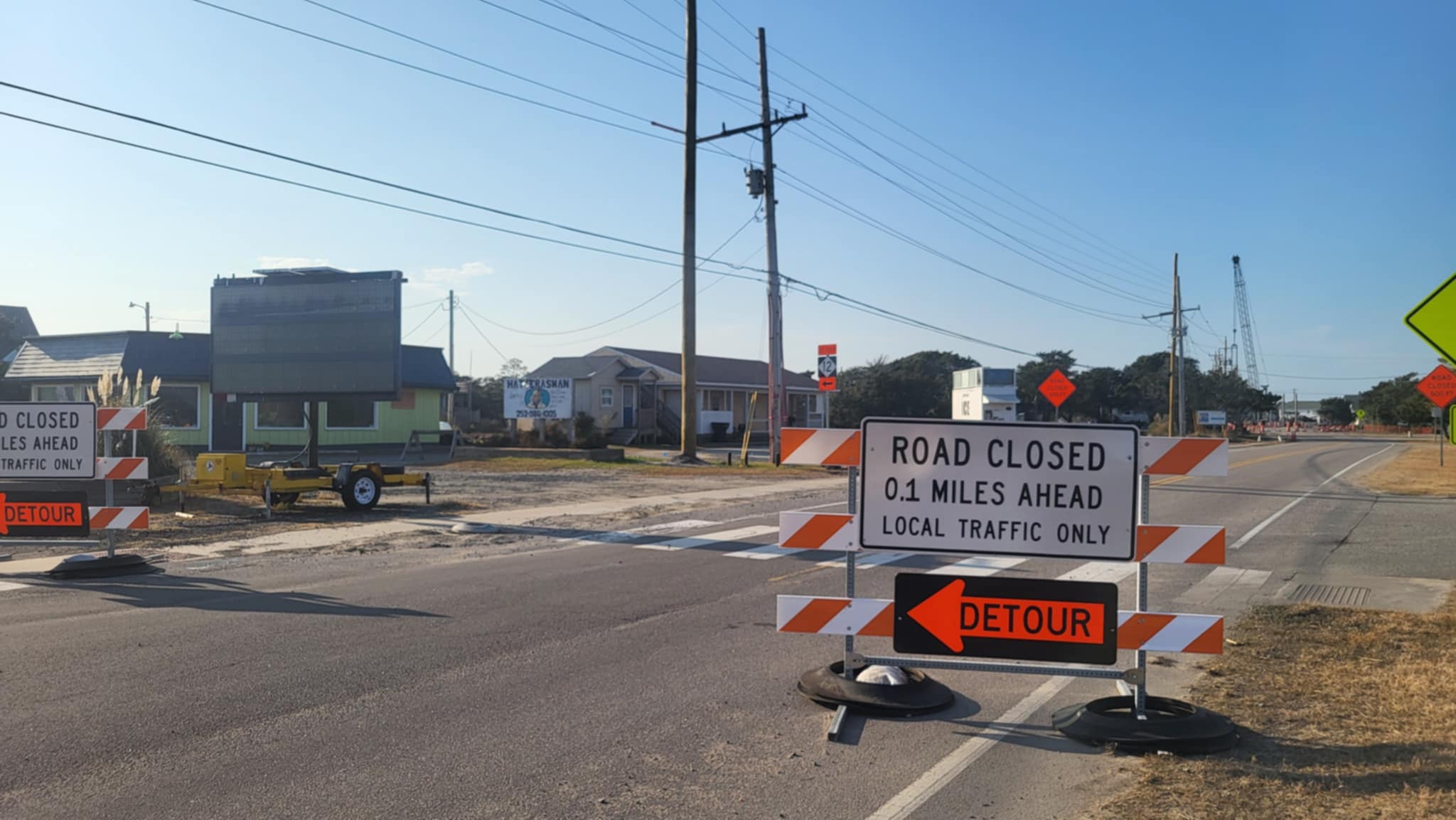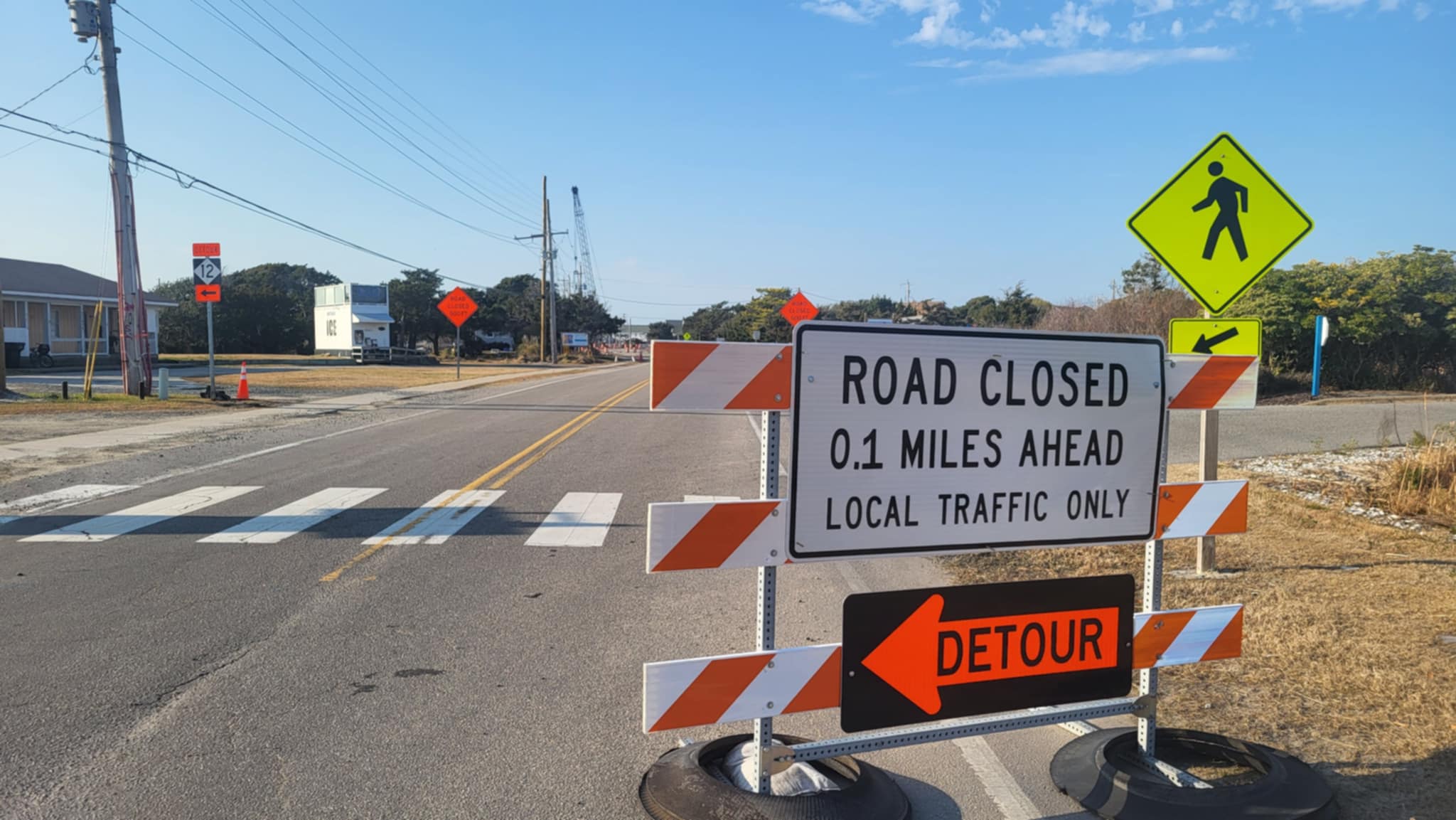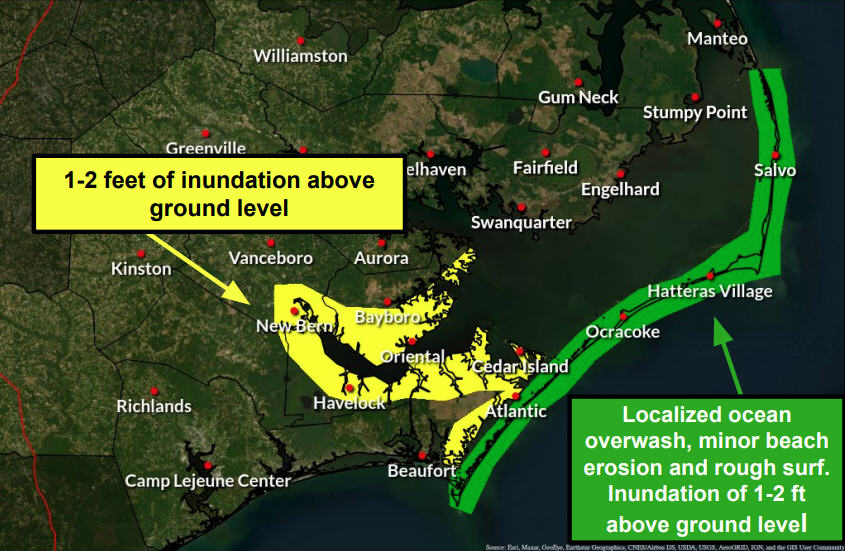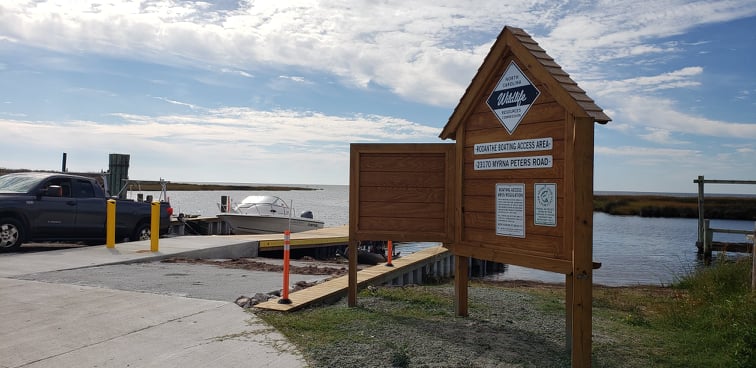Second named storm of the season may take another swipe at the Outer Banks
Subtropical Storm Beryl, which formed late Friday southeast of Cape Lookout, moved slowly to the southwest today toward the Georgia/Florida coast.
At 8 p.m. tonight it was located off the coast of Georgia and South Carolina and was moving southwest at 6 mph. The winds had increased to 50 mph and the barometric pressure had fallen to 998 mb.
On the current track, Beryl is forecast to start moving west and be near the coast of southern Georgia and northern Florida late tomorrow night with little change in strength.
However, the National Hurricane Center was predicting tonight that the storm would linger in the Florida/ Georgia area for a day or so, and then the Beryl would make a loop and lift northeast late Monday, back toward North Carolina.
The storm or its remnants could be off the Outer Banks again on Wednesday, though the local forecast right now is just for more winds and rough seas.
The first day of the Memorial Day weekend today was warm and sunny on the beaches of Hatteras and Ocracoke with some brisk winds blowing from the east/northeast at 20 mph with gusts to around 30.
The only sign of the offshore storm were heavy seas with a high threat of rip currents. The rip current threat will continue at least through Sunday, though the winds will be lighter.
Even though Beryl has moved southwest, continued instability in the atmosphere will bring a chance of scattered showers to the beaches tomorrow and Monday. Generally, though, the weather will be warm and sunny for two more good beach days this weekend.
This is the second weekend in a row that a tropical storm has been off the southeast coast, and hurricane season doesn’t officially start until Friday, June 1.
According to the National Hurricane Center, two named storms before the start of the season is unusual but not unprecedented.
In 1887, two tropical storms formed before June 1 in the Atlantic basin during a busy season that ran from May 15 into December.
In 1908, there were also two named storms before the season started, including a category 2 hurricane in early March.
In its long term forecast, issued Thursday, NOAA said conditions in the atmosphere and the ocean favor a near-normal hurricane season for the Atlantic.
For the entire six-month season, which begins June 1, NOAA’s Climate Prediction Center says there’s a 70 percent chance of nine to 15 named storms (with top winds of 39 mph or higher), of which four to eight will strengthen to a hurricane (with top winds of 74 mph or higher) and of those, one to three will become major hurricanes (with top winds of 111 mph or higher, ranking Category 3, 4 or 5).
Subtropical Storm Beryl, which formed late Friday southeast of Cape Lookout, moved slowly to the southwest today toward the Georgia/Florida coast.
At 8 p.m. tonight it was located off the coast of Georgia and South Carolina and was moving southwest at 6 mph. The winds had increased to 50 mph and the barometric pressure had fallen to 998 mb.
On the current track, Beryl is forecast to start moving west and be near the coast of southern Georgia and northern Florida late tomorrow night with little change in strength.
However, the National Hurricane Center was predicting tonight that the storm would linger in the Florida/ Georgia area for a day or so, and then the Beryl would make a loop and lift northeast late Monday, back toward North Carolina.
The storm or its remnants could be off the Outer Banks again on Wednesday, though the local forecast right now is just for more winds and rough seas.
The first day of the Memorial Day weekend today was warm and sunny on the beaches of Hatteras and Ocracoke with some brisk winds blowing from the east/northeast at 20 mph with gusts to around 30.
The only sign of the offshore storm were heavy seas with a high threat of rip currents. The rip current threat will continue at least through Sunday, though the winds will be lighter.
Even though Beryl has moved southwest, continued instability in the atmosphere will bring a chance of scattered showers to the beaches tomorrow and Monday. Generally, though, the weather will be warm and sunny for two more good beach days this weekend.
This is the second weekend in a row that a tropical storm has been off the southeast coast, and hurricane season doesn’t officially start until Friday, June 1.
According to the National Hurricane Center, two named storms before the start of the season is unusual but not unprecedented.
In 1887, two tropical storms formed before June 1 in the Atlantic basin during a busy season that ran from May 15 into December.
In 1908, there were also two named storms before the season started, including a category 2 hurricane in early March.
In its long term forecast, issued Thursday, NOAA said conditions in the atmosphere and the ocean favor a near-normal hurricane season for the Atlantic.
For the entire six-month season, which begins June 1, NOAA’s Climate Prediction Center says there’s a 70 percent chance of nine to 15 named storms (with top winds of 39 mph or higher), of which four to eight will strengthen to a hurricane (with top winds of 74 mph or higher) and of those, one to three will become major hurricanes (with top winds of 111 mph or higher, ranking Category 3, 4 or 5).
Subtropical Storm Beryl, which formed late Friday southeast of Cape Lookout, moved slowly to the southwest today toward the Georgia/Florida coast.
At 8 p.m. tonight it was located off the coast of Georgia and South Carolina and was moving southwest at 6 mph. The winds had increased to 50 mph and the barometric pressure had fallen to 998 mb.
On the current track, Beryl is forecast to start moving west and be near the coast of southern Georgia and northern Florida late tomorrow night with little change in strength.
However, the National Hurricane Center was predicting tonight that the storm would linger in the Florida/ Georgia area for a day or so, and then the Beryl would make a loop and lift northeast late Monday, back toward North Carolina.
The storm or its remnants could be off the Outer Banks again on Wednesday, though the local forecast right now is just for more winds and rough seas.
The first day of the Memorial Day weekend today was warm and sunny on the beaches of Hatteras and Ocracoke with some brisk winds blowing from the east/northeast at 20 mph with gusts to around 30.
The only sign of the offshore storm were heavy seas with a high threat of rip currents. The rip current threat will continue at least through Sunday, though the winds will be lighter.
Even though Beryl has moved southwest, continued instability in the atmosphere will bring a chance of scattered showers to the beaches tomorrow and Monday. Generally, though, the weather will be warm and sunny for two more good beach days this weekend.
This is the second weekend in a row that a tropical storm has been off the southeast coast, and hurricane season doesn’t officially start until Friday, June 1.
According to the National Hurricane Center, two named storms before the start of the season is unusual but not unprecedented.
In 1887, two tropical storms formed before June 1 in the Atlantic basin during a busy season that ran from May 15 into December.
In 1908, there were also two named storms before the season started, including a category 2 hurricane in early March.
In its long term forecast, issued Thursday, NOAA said conditions in the atmosphere and the ocean favor a near-normal hurricane season for the Atlantic.
For the entire six-month season, which begins June 1, NOAA’s Climate Prediction Center says there’s a 70 percent chance of nine to 15 named storms (with top winds of 39 mph or higher), of which four to eight will strengthen to a hurricane (with top winds of 74 mph or higher) and of those, one to three will become major hurricanes (with top winds of 111 mph or higher, ranking Category 3, 4 or 5).
Based on the period 1981-2010, an average season produces 12 named storms with six hurricanes, including three major hurricanes.
Based on the period 1981-2010, an average season produces 12 named storms with six hurricanes, including three major hurricanes.
Based on the period 1981-2010, an average season produces 12 named storms with six hurricanes, including three major hurricanes.
Subject
Name
(required, will not be published)
(required, will not be published)
City :
State :
Your Comments:
May be posted on the Letters to the Editor page at the discretion of the editor.
May be posted on the Letters to the Editor page at the discretion of the editor.
May be posted on the Letters to the Editor page at the discretion of the editor.
May be posted on the Letters to the Editor page at the discretion of the editor.







